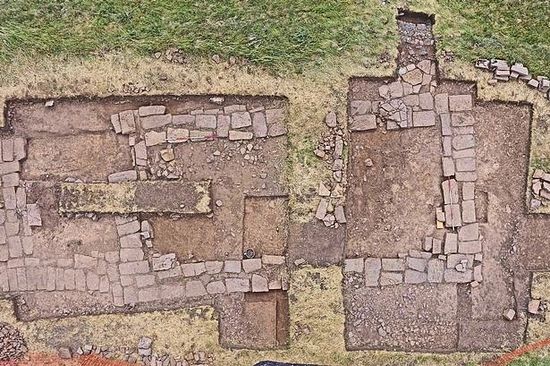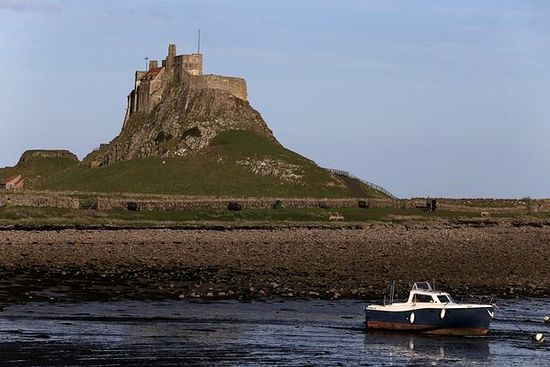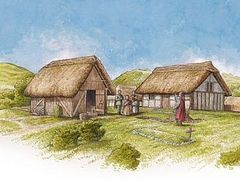Moscow, June 29, 2017
The foundations of what is likely one of the largest and earliest Saxon churches on Lindisfarne have been recently unearthed on the south of the island off the eastern coast of England, reports the Northumberland Gazette.
The largely intact massive sandstone blocks unearthed by the Peregrini Lindisfarne Landscape Partnership, led by Richard Carlton of The Archaeological Practice and Newcastle University, give a clear picture of what the first-millennium church would have looked like. Historic buildings expert Peter Ryder has described the find as “probably the most significant archaeology find ever on Holy Island,” according to Chronicle Live.
The Peregrini Lindisfarne project is a Heritage Lottery Fund Landscape Partnership Project developed to conserve, enhance and celebrate the natural and cultural heritage of Holy Island and the wider shoreside landscape.
The newly-discovered building could be the earliest known stone church. The pre-Norman Conquest structure could date from 630 to 1050, although experts believe an earlier date to be more likely. Built in the first millennium, the church belongs to the time before the Great Schism when the West was still Orthodox. The church sat on the Heugh, a ridge on Holy Island overlooking Farne Island and Bamburgh, a royal capital of the Kingdom of Northumbria.
According to Carlton, “There are not many churches of potentially the seventh or eighth centuries known in medieval Northumbria, which stretched from the Humber to the Forth… What is in favor of the argument for an early church is that on the ridge it would have been entirely visible from Bamburgh, the seat of political power at the time, and in turn would have had great views of Bamburgh… It adds another chapter to the history of Holy Island.”
Archaeologists have unearthed sandstone blocks a meter long, foundations more than a meter wide, a probable altar base, and the division between the nave and the chancel.
It is possible that the stone church was placed on the site of a wooden church, built earlier by St. Aidan in 635. “There are early records of a wooden church around this site. It may be that this church was encased in stone, perhaps before 870 AD, when the monks fled the Viking invaders. However, the Vikings were rapidly Christianized, and they may have built a stone church to replace the older, wooden one,” said Peter Ryder of the Newcastle Diocesan Advisory Committee.
“There are traditional tales of two chapels on Lindisfarne: one is St Cuthbert of the Sea, which is probably the building on a small island adjacent to Lindisfarne, but the other is St Cuthbert of the Sky. This may well be the church we have just uncovered,” adds Rev. Paul Collins, Vicar of Holy Island.
An earlier Peregrini project dig last year unearthed the large stone foundations of what could be a watch tower, 165 feet from the newly-discovered church. In his The Life of St. Cuthbert, the Venerable Bede mentions a signal from Inner Farne being seen on Holy Island to notify of the death of St. Cuthbert. Experts are now speculating that precisely that tower has been found.
Archaeologist Brian Hope Taylor dug extensively on Lindisfarne in the 1960s and 1970s, and his hand-written notes suggest he may have already discovered the church. Unfortunately, as the site is on a Site of Special Scientific Interest (SSI), Natural England regulations require that it be returned to its original state by the end of the week.





